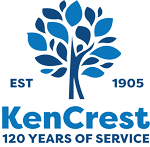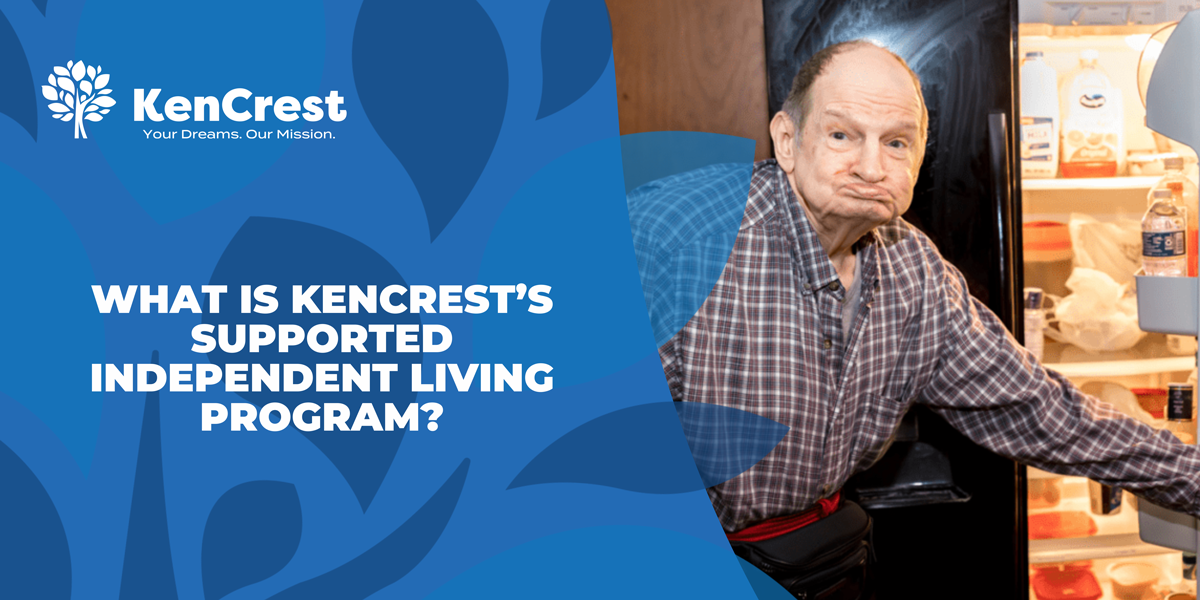
KenCrest offers various residential options for adults with an intellectual disability, including Supported Independent Living.
By Sydney Kerelo
For years, many people with disabilities lived in adult community living homes where they had up to three roommates and around-the-clock care. Some people enjoy this natural comradery; however, others long for the privacy and independence that come with having their own place to live. That’s how Deanna felt. She spent nine years living in one of KenCrest’s Adult Community Living homes but dreamed of living in her own apartment, where she could be free to furnish herself, revel in the silence, and enjoy time alone.
Until she was introduced to KenCrest’s Supported Independent Living (SIL) program, a service that empowers adults with an intellectual or developmental disability to live independently within the community of their choosing in Bucks, Montgomery, Berks, Philadelphia, Delaware, and Chester counties in Pennsylvania. SIL enables people to live independently through comprehensive and flexible support in the community and residence, allowing them to live on their own terms.
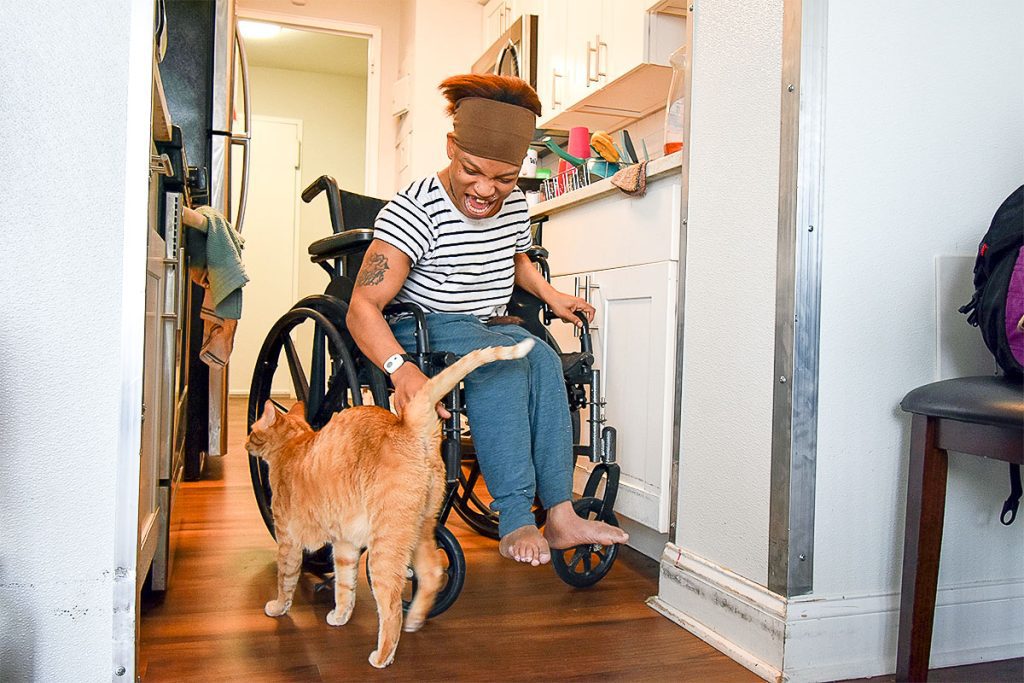
How Do You Know if Supported Independent Living is The Right Fit?
While many individuals with a disability can live on their own with various supports, not everyone has the capability. So, how do you know if SIL is the right fit?
In 2022, Angela Marshall, the Director of Supported Independent Living, introduced the Stepping Stones Transitional Housing Program. This grant-funded opportunity is a practice run for those who wish to live independently. It allows learning and practicing independent living in a safe environment. Everyone is met precisely where they are, whether living in a Community Living home or with their family.
From there, the SIL team will then meet with the individual and help them chart their LifeCourse—a visual person-centered plan that allows those KenCrest supports to plan their life, personal goals, and desired outcomes. Then, that person will spend time—with or without a staff member—in a transitional home setting where they can practice daily living skills, like cooking small meals and spending time alone. Throughout the process, the Stepping Stones Program Coordinator and that person’s team will regularly drop in for checkups on their progress. Each person will still have access to support like transportation to medical appointments, cooking and cleaning assistance, and more.
KenCrest’s Enabling Technology team will meet with that person to assess their needs and see what devices can help them achieve their dream of living independently.
From there, if they do well in Stepping Stones Transitional Housing, they will move on to SIL and find their apartment.
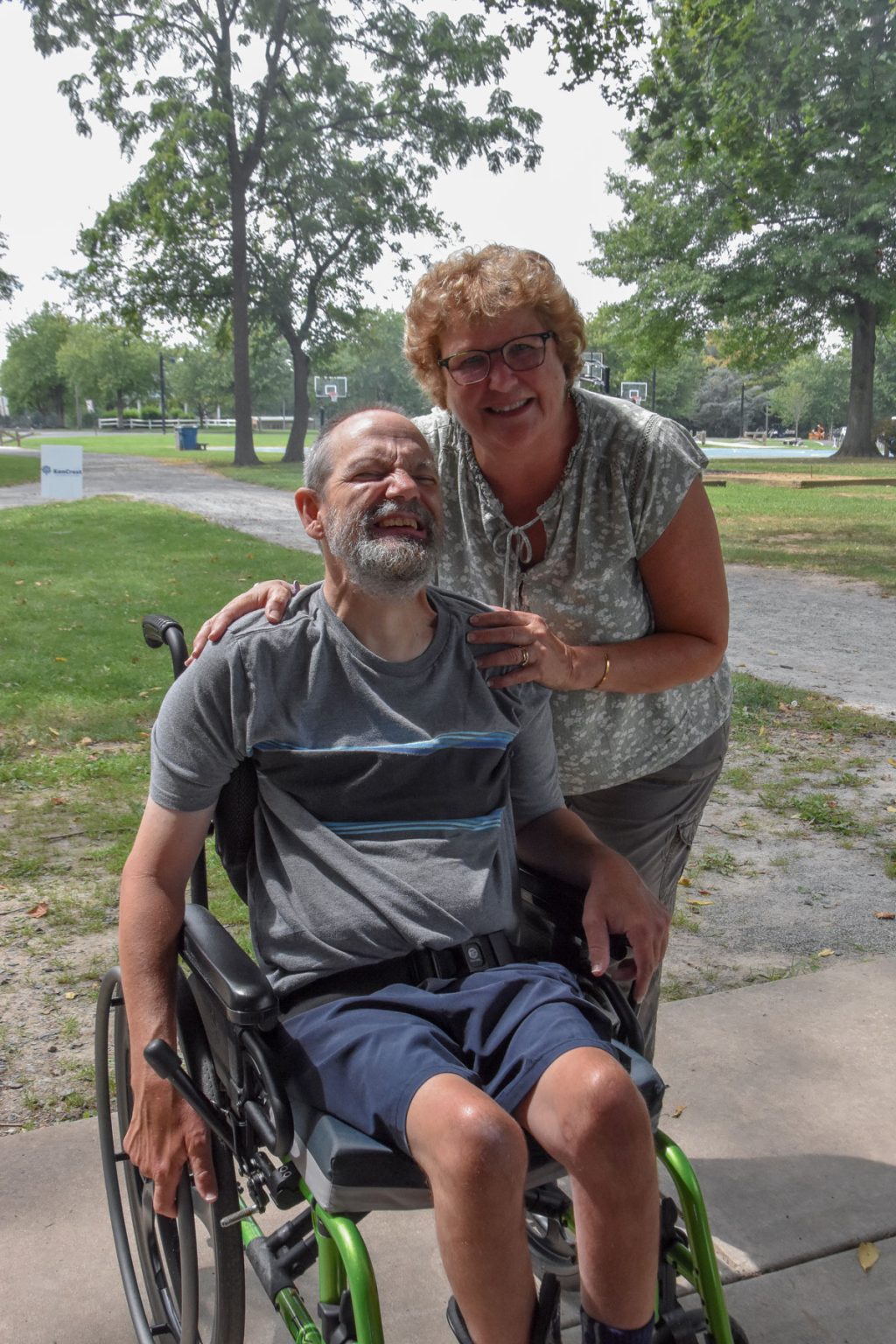
What is The Process of Finding Your Own Home?
Individuals interested in SIL have the option to live in a property owned or leased by KenCrest or one they rent or own. They are then matched with a licensed real estate agent approved by KenCrest and get assistance finding a home that fits their needs in their chosen area. This process involves understanding the individual's preferences, needs, and budget, and then working with the real estate agent to find suitable properties. The agent works closely with KenCrest’s Facilities and Enabling Technology (ET) teams to adapt the homes to be ADA-compliant by installing bathtub handles, emergency response services, or voice assistant devices.
Deanna worked with the ET team to get an Amazon Echo, which she regularly uses to help her set daily reminders for tasks like taking out the garbage or putting her clothes away after washing them.
Related: What is Community and Supported Independent Living?
Another aspect of searching for a rental home is finding the best location for that person. Pennsylvania has various neighborhoods and communities; to decide where one wants to live, one needs to know the community. Those looking for SIL services are encouraged to explore neighborhoods and see which ones fit them best. Is it close to where they work or spend most of their time?
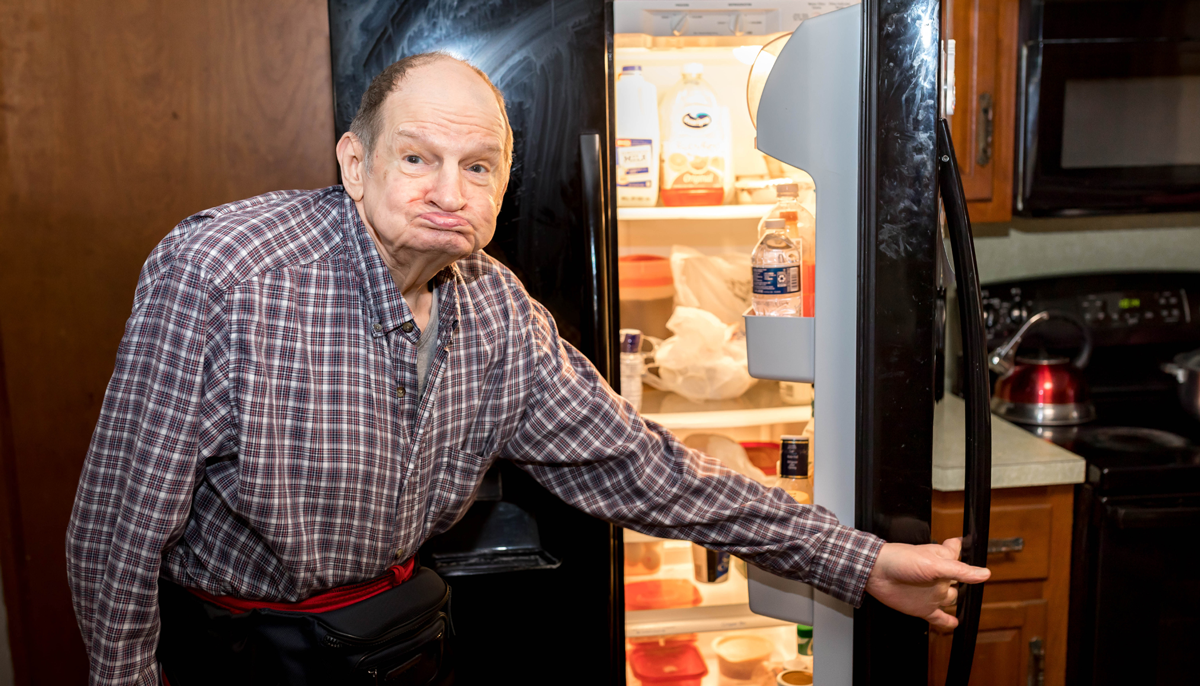
What Supports Are Offered?
Individuals in Supported Independent Living receive up to 30 hours of support—depending on their needs—from their program manager, Community Connection Coach, and Enabling Technology team. The program manager and community connection coach help that person learn daily skills like meal planning, shopping skills, home maintenance, money management skills, scheduling and attending medical appointments, communicating with healthcare professionals, and participating in their local community.
The Enabling Technology department will assess a person’s needs regularly and introduce different devices that can further their level of independence. One individual, Patricia, is a wheelchair user who struggles with cooking and cleaning on her own. So, the ET team introduced her to a Roomba that vacuums and mops her floors regularly. She also has an app on her phone that controls her lights and allows her to turn them off and on without needing to touch a light switch.
Related: Her Disability Doesn’t Stop Her From Independence
Each person in Supported Independent Living will have the services and support necessary to ensure they receive the best quality care while maintaining their independence and dignity.
